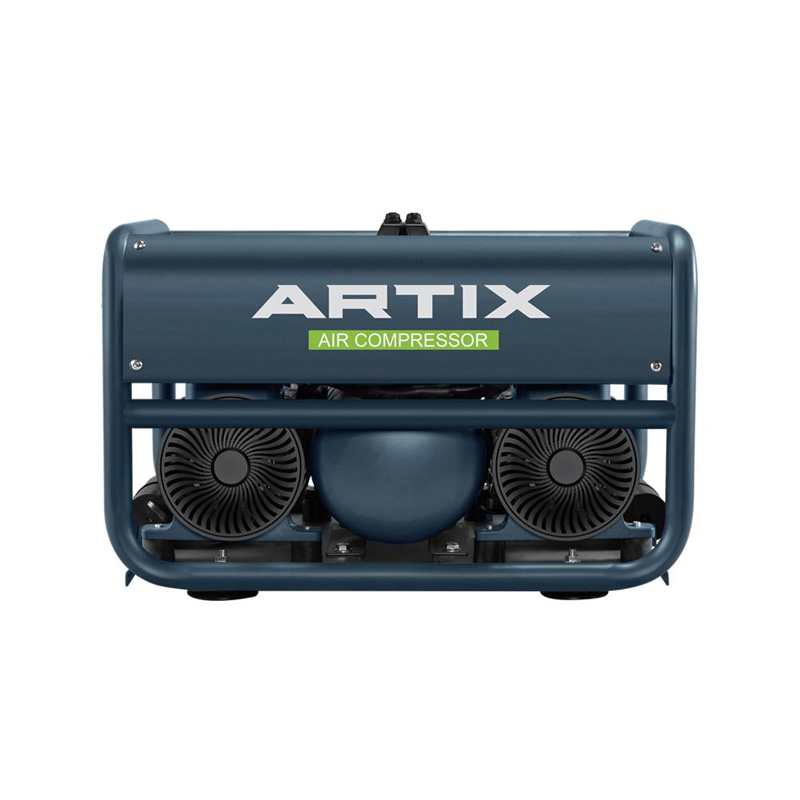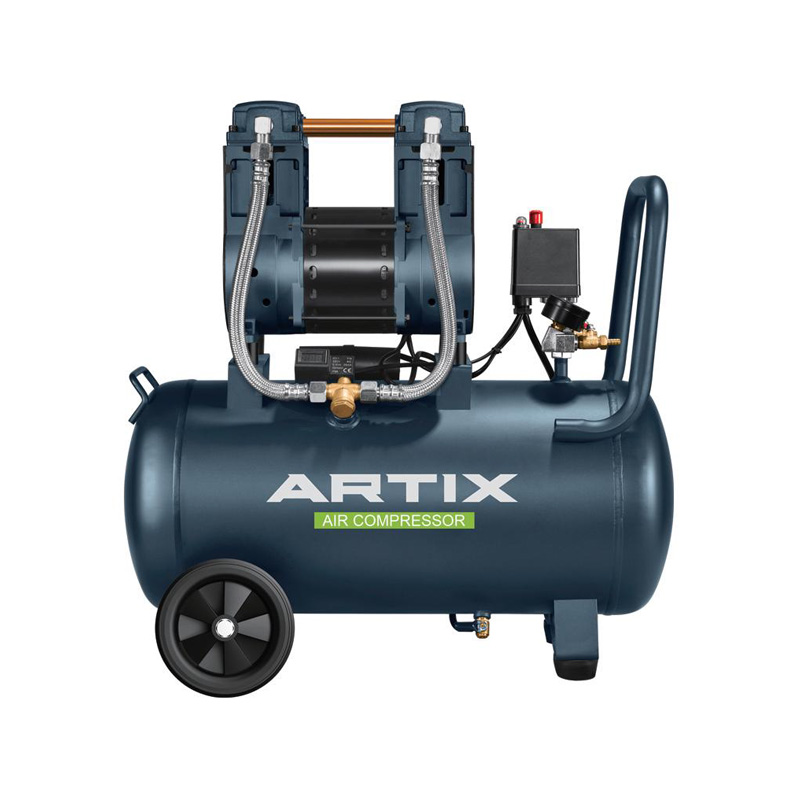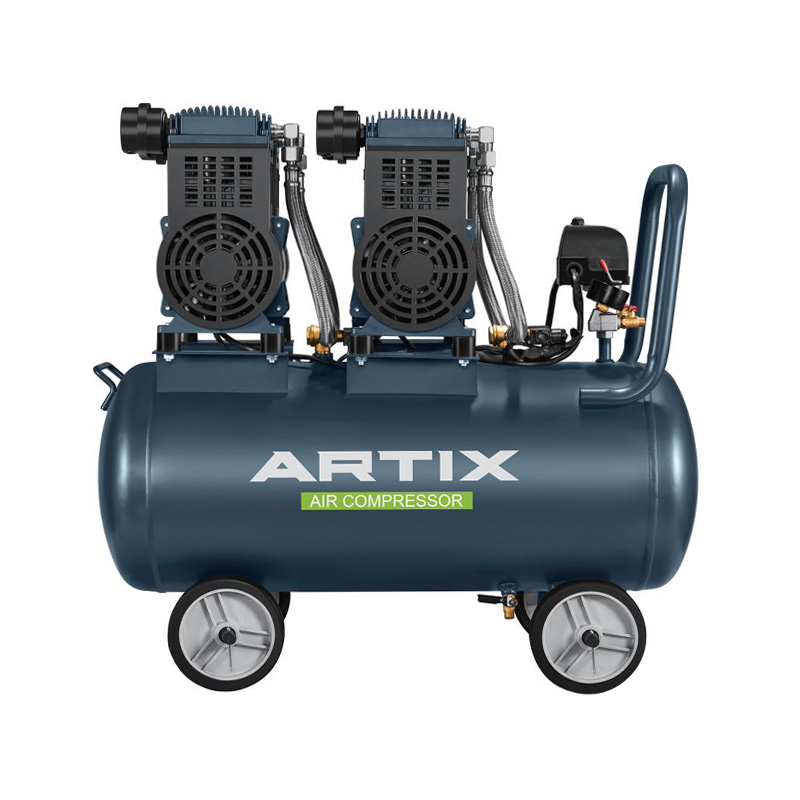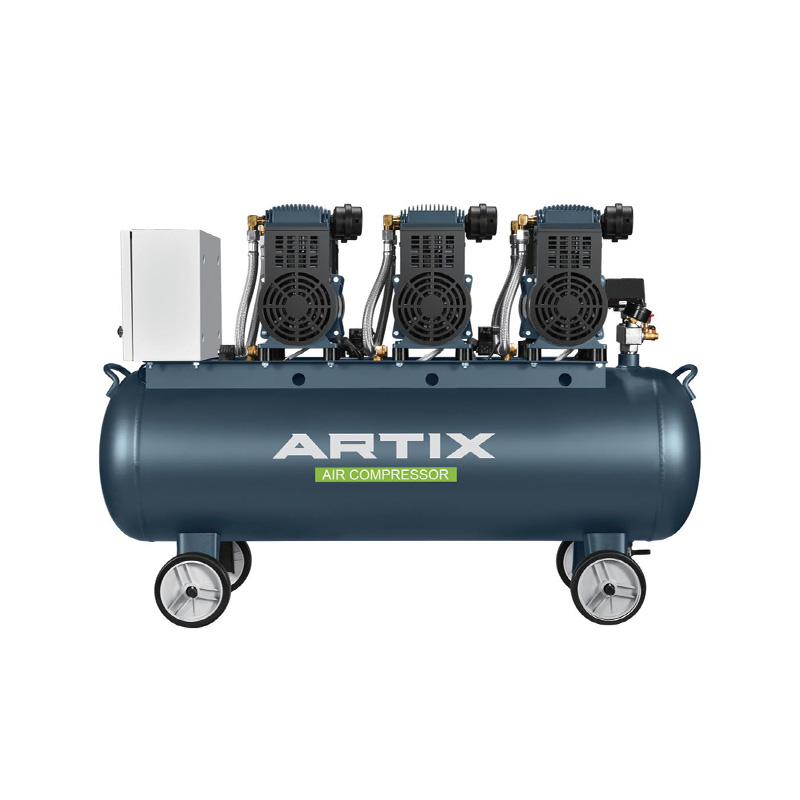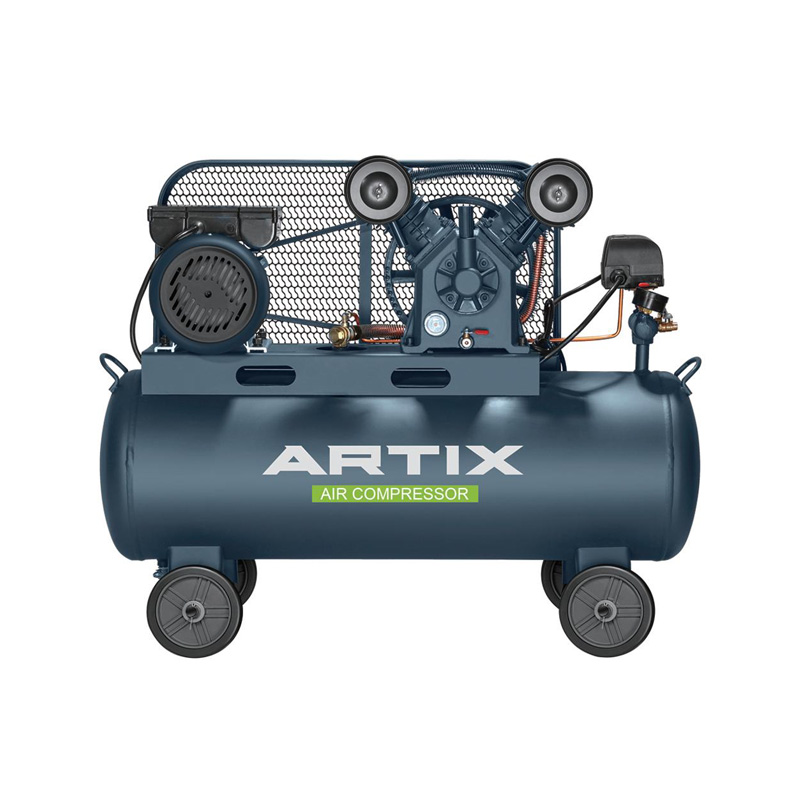The Belt Driven Compressor has long been a trusted choice for many industries due to its flexibility and adaptability. Proper maintenance is essential to keep these compressors running smoothly and to extend their service life. Understanding key maintenance practices can help operators avoid unexpected downtime and improve the overall efficiency of their Belt Driven Compressor systems.
One of the defining features of the Belt Driven Compressor is the belt and pulley mechanism that transfers power from the motor to the compressor pump. While this design offers advantages in terms of speed adjustment and operational flexibility, it also introduces components that require regular inspection and care. This contrasts with the Direct Drive Compressor, which has fewer moving parts and therefore different maintenance needs.
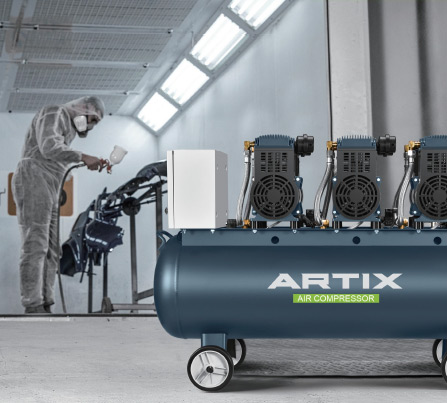
Routine checks of the belts are critical. Over time, belts can stretch, crack, or wear out due to friction and operational stresses. It is important to monitor the belt tension and condition frequently. Proper tension ensures the Belt Driven Compressor operates efficiently without slippage or excess wear on the motor and pulley. If belts are too loose, slippage occurs which reduces the efficiency and may cause overheating. Conversely, belts that are too tight can put undue strain on bearings and other parts. In comparison, the Direct Drive Compressor eliminates the belt system, reducing this specific maintenance requirement.
In addition to belt maintenance, inspecting pulleys for alignment is equally important. Misaligned pulleys can cause uneven wear on the belt and cause premature failure. Operators should ensure that the Belt Driven Compressor pulleys remain properly aligned and that all bolts and fixtures are securely tightened to maintain stable operation. The Direct Drive Compressor’s simpler design avoids these alignment challenges but requires attention to other components, such as motor bearings.
Lubrication of bearings and other moving parts should also be part of a regular maintenance schedule. The Belt Driven Compressor relies on smooth mechanical movement, and lubrication helps minimize friction and wear. It is advisable to use manufacturer-recommended lubricants and adhere to suggested intervals to avoid operational issues. Similarly, the Direct Drive Compressor benefits from proper lubrication of its motor and pump components to ensure long-term reliability.
Another critical area is the compressor pump itself. Periodic inspection of valves, seals, and cooling fins helps maintain efficient air compression and prevent overheating. A well-maintained Belt Driven Compressor pump not only lasts longer but also delivers consistent airflow and pressure, which is vital for downstream applications. The Direct Drive Compressor requires similar care to maintain performance and avoid operational interruptions.
Monitoring operating temperature and vibration levels can provide early warnings of potential issues. Abnormal heat or unusual vibrations might indicate problems with the belt drive system in the Belt Driven Compressor or motor issues in the Direct Drive Compressor. Prompt diagnosis and repair can prevent minor issues from escalating into costly breakdowns.
While the Belt Driven Compressor generally requires more maintenance than a Direct Drive Compressor due to its belt system, following a structured maintenance routine can minimize interruptions and optimize performance. In many cases, simple tasks such as belt tension adjustment and lubrication can be performed onsite without specialized tools, reducing maintenance costs and downtime.
A proactive maintenance program enhances reliability, extends equipment life, and supports efficient operation. By understanding the key areas that require care for both Belt Driven Compressor and Direct Drive Compressor systems, operators can ensure their equipment continues to deliver consistent performance for their industrial needs.
